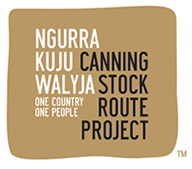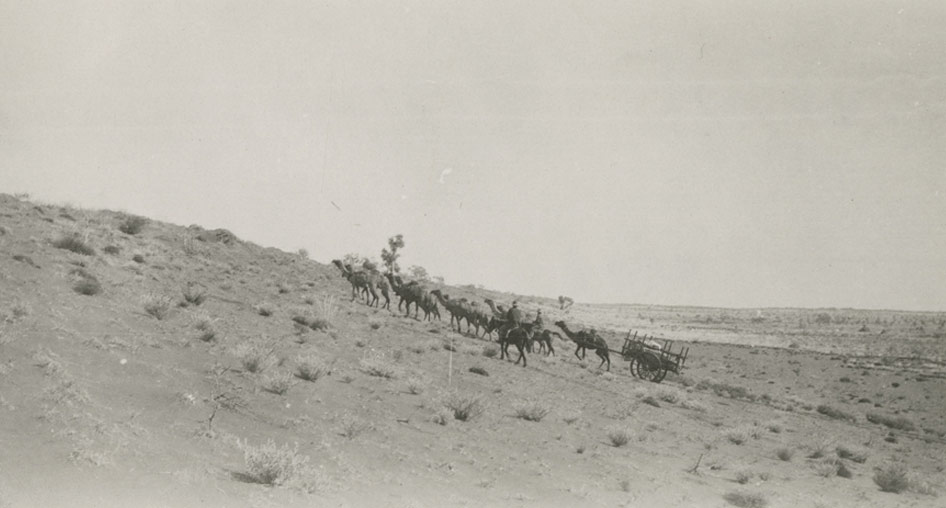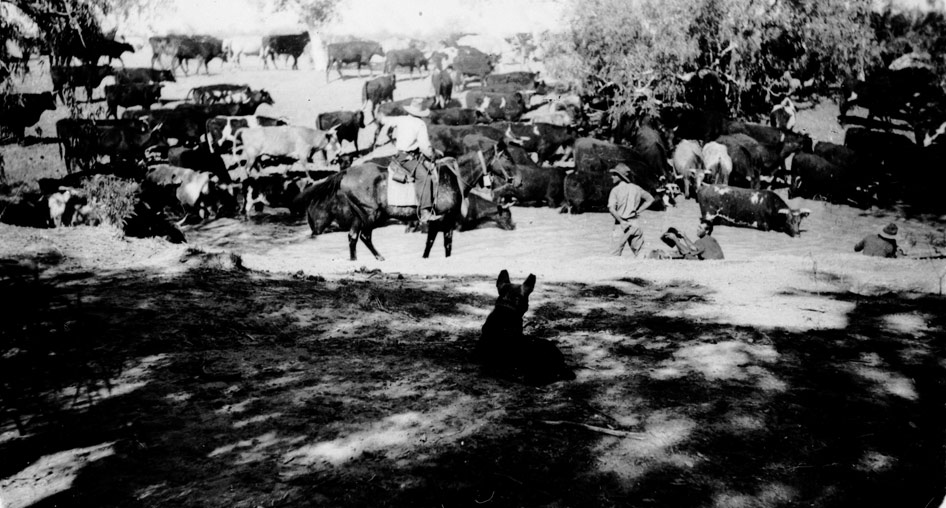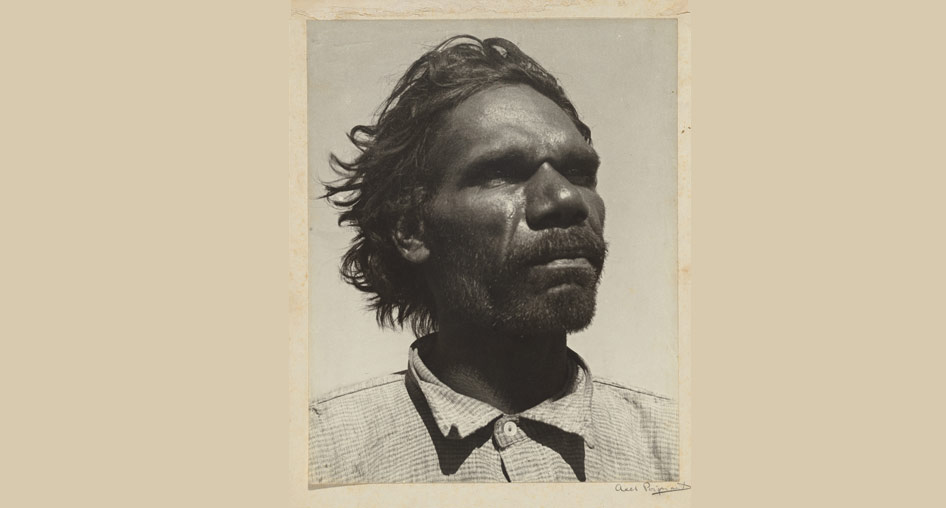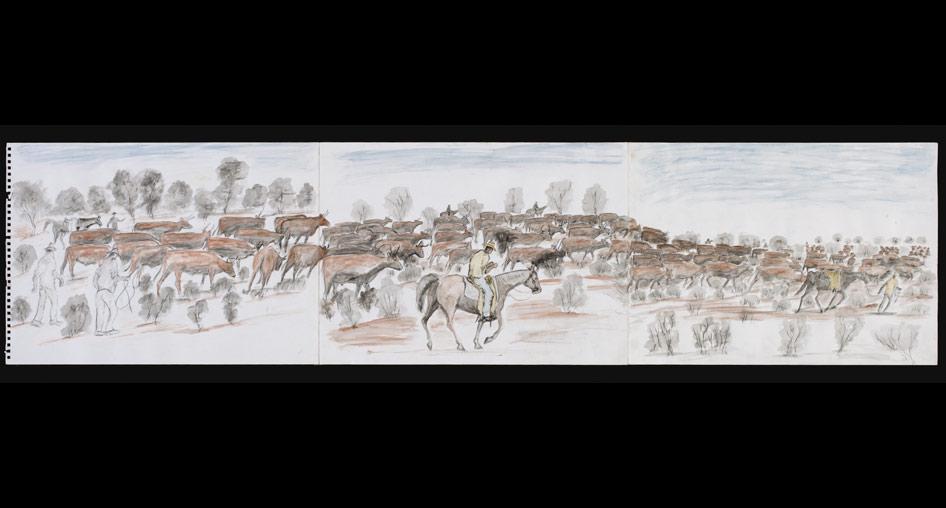Droving
Droving
The Canning Stock Route is the world’s longest historic stock route and was said to be Australia’s most difficult. One of the first droving teams to make the trek in 1910 began with 42 horses; only seven survived the harsh conditions. It was also dangerous. In 1911 three drovers were killed near Well 37. Drovers became so afraid of using it that only eight mobs of cattle were driven along the stock route between 1911 and 1930.
A new droving era
Within two decades, more than half of the wells had been destroyed or had fallen into disrepair. The reconditioning of the stock route wells between 1929 and 1931 led to a new era of droving. During this period drovers took care to foster better relations with desert people. During this period many desert people followed the drovers, and their food, to new places, and eventually settled in communities far from their desert Country.
We sit down there and they shoot ’em bullock and give us some. My old man cooked that jina [foot], mara [hand], kata [head]. Bullock, you know, whitefella was give us.
Dusty Stevens, 2007
Legendary skill
Aboriginal drovers far outnumbered white drovers on the route, and their skill with stock was legendary. Because of this, head stockmen were often Aboriginal, but the boss drovers were always white. Aboriginal workers were referred to as ‘boys’ even though they were adults, and their names have rarely been recorded in non-Indigenous histories of the stock route. Regardless of their skill, Aboriginal workers were paid at best ‘two bob [shillings] a week’, roughly equivalent to the price of a loaf of bread. Most often they were not paid in cash at all, but in food, clothing and tobacco.
Equal wages
When equal wages were awarded to Aboriginal people in 1966, many stations evicted all of their Aboriginal workers. Across northern Australia this watershed legal decision had unexpectedly devastating consequences, separating people from Country and leading to extensive widespread welfare dependance with few employment opportunities to fill the breach. Today art remains one of the only economic enterprises and employment opportunities to have thrived across the desert.
